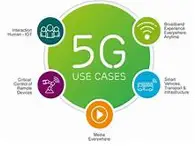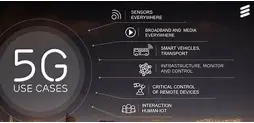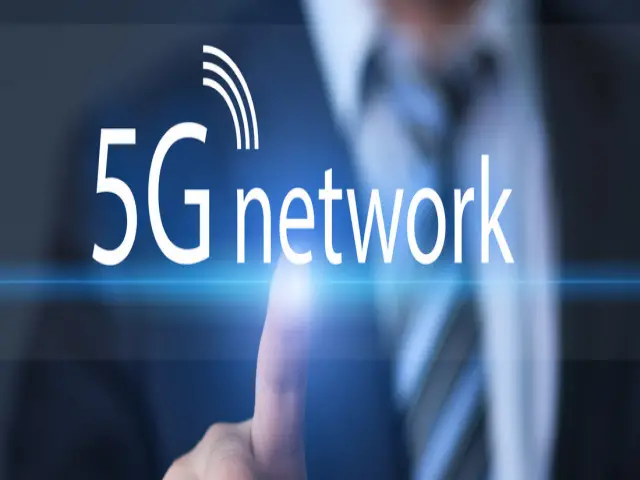When the 1G network was introduced, no one realized that in just over 30 years, the network was charging video streaming, or the lightweight components guaranteed the SIM card. High speed, increased capacity, and low latency are some of the requirements of this wireless standard, which means that consumers will continue to enjoy the service.
5G will allow a large number of connected devices to interact with each other. The main feature is a marked reduction in the transmission time of less than one millisecond (ms) for the current 50 ms, speeds up to 10 Gbps and higher bandwidth. It will prevent the application from executing at a longer response time.

The 5G generated excitement, but to continue the enthusiasm during the launch, it is essential that the stakeholders add jobs promptly. Firstly, 5G will see success when the network will support different technologies on a single system. Secondly, the data must be site-independent, which means that the current “host for connection” system needs to be changed. Thirdly, Services must be accessible and must not be subject to the mandatory requirements of specific hardware configurations.
Important 5G use cases
Fixed wireless: It is believed that 5G will be launched within a few years. Fixed wireless communications will use wireless rather than fixed-line technology to provide Internet access at home. 5G concepts such as millimeter wave (mmWave) and radiation will be used to provide wireless broadband services.

Enhanced mobile broadband: The 5G standard will take mobile computing performance to the next level with a high-speed, always-connected, high-speed Internet connection with real-time response. The goal is to achieve productivity of up to 10 G / ps and 1 G / ps at high flow rates. This category includes virtual reality (RV) and augmented reality (RA).
Massive machine-type communication: One of the most anticipated 5G usage cases is the ability to connect embedded sensors transparently in almost anything. The industry expects to have a large Internet (IoT) equipment (up to 50 billion) running by 2020. The industrial Internet is an area where 5G will play an important role, from smart cities to asset tracking, services, and agriculture.
Ultra-reliable low-latency communication: This category includes new services that will transform the industry with extremely low availability/reliable links such as censorious infrastructure remote control and independent vehicles. Reliability and latency levels are critical for intelligent network control, industrial automation, robotics, drone control, coordination, and more.

Enhanced event experience: 5G increased activities promote the introduction of a direct-start video clip as part of a specific performance. This use case uses 5G to generate a high-resolution media experience. The market potential for this state of use is high, including overall revenue growth for the site owner. The chances of using the case will increase dramatically, once all content is connected via 5G.


















